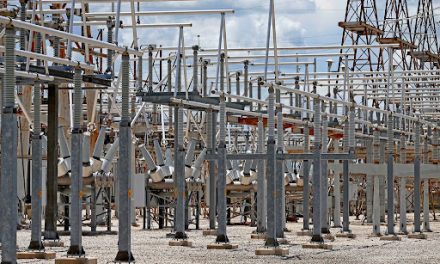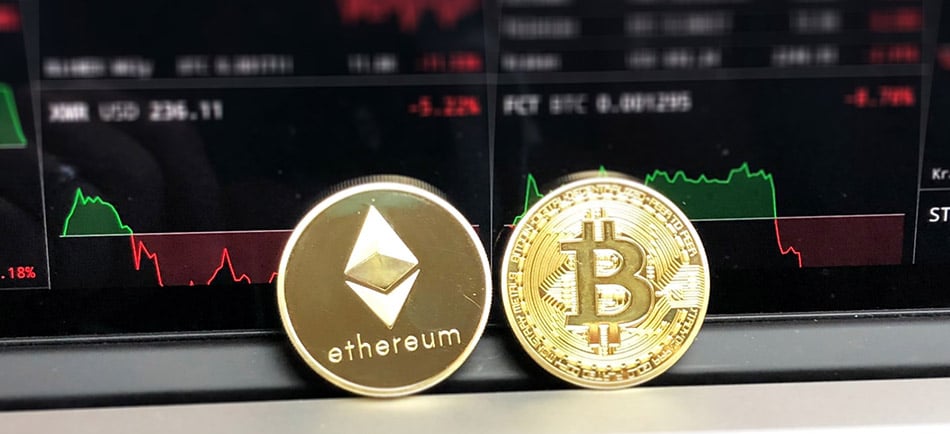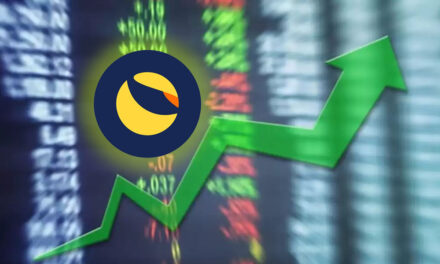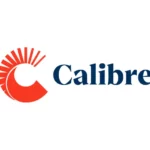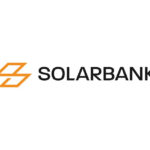A recent research report released by Standard Chartered Bank shows that the crypto winter that hit the digital assets industry has drawn to a close and the value of Bitcoin stands to hit $100,000 per token by the end of the year.
In the report co-penned by analyst Geoff Kendrick, several factors have helped reestablish the world’s largest cryptocurrency as a scarce decentralized digital asset.
One such factor has been the ongoing banking crisis which has seen the fall of regional banks like the Silicon Valley Bank and the First Republic, as well as UBS’ surprise takeover of beleaguered Credit Suisse. The crisis unwittingly set the stage for Bitcoin to become something of a branded safe haven, as well as a possible store of value and alternative remittance method.
Since January of this year, Bitcoin’s value has increased by around 65%, rising well above the crucial $30,000 mark last week – the first time in nearly a year. Over a 24-hour period, the digital asset was being traded at $27,328 per token, down by just 1.2%.
Other Possible Factors for Growth
The Standard Chartered report also pointed out that the gradual improvement of the broader macro backdrop for high-risk assets is another factor that could drive up the price of Bitcoin, particularly in light of the possibility that the US Federal Reserve could be winding down its tightening cycle.
Kendrick explained that Bitcoin stands to perform better on the market if the market for riskier assets improves across the board, though the asset has been seen to trade well whenever risky assets suffer.
Another key factor is the token’s upcoming halving, a process wherein the rewards for mining new blocks are cut by half every four years. Kendrick said that, as the asset approaches its next halving, cyclical drivers could become more constructive, a development seen in previous halving cycles.
As such, Standard Chartered sees Bitcoin’s overall share of crypto market capitalization climb back to around 50 to 60%. Currently, the token’s dominance rate stands at 47%, significantly higher than the 40% seen in March following the collapse of the Silicon Valley Bank.


